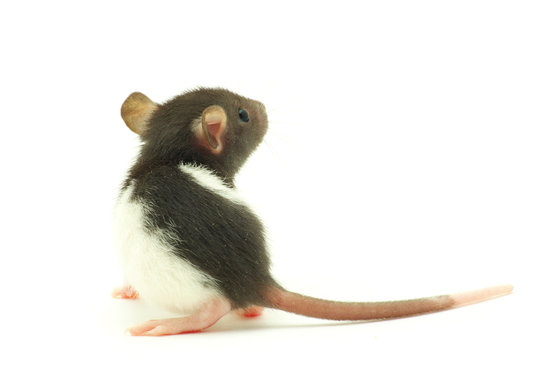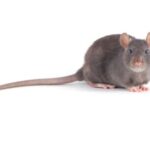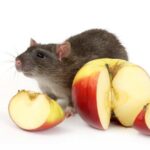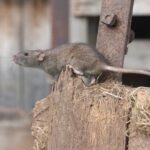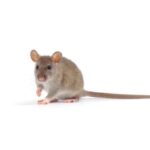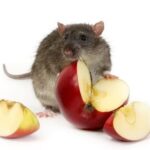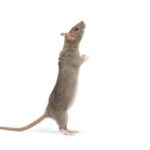How Much Rat Poop Is Allowed in Food?
The Food and Drug Administration (FDA) has set standards for what can and cannot be placed in food. One of the rules for “defects” in food is the amount of rat poop that can be present. For instance, a pound of coffee can contain 10 milligrams of animal poop. In addition, about four percent to six percent of the coffee beans may be insect-infested or moldy. Those standards have been implemented to keep these kinds of defects to a minimum.
Although rodent excrement is disgusting, the FDA limits the amount of rat poop that can be found in certain types of food. A typical 24-ounce container can contain up to 13 rodent fragments, and a 28-ounce can of tomatoes can contain up to three maggots. This is one example of a rule that allows some gross stuff in food, but many people still want to avoid eating bugs, feces, and fly eggs. In addition, rodents are introduced to food during processing, as well as before harvesting. In some cases, the feces from these rodents are also added to the food.
The FDA allows traces of rodent droppings in various foods, such as rice, noodles, and paprika. Similarly, the FDA allows pellet fragments of rat droppings in foods as long as they do not exceed nine milligrams per kilogram.
